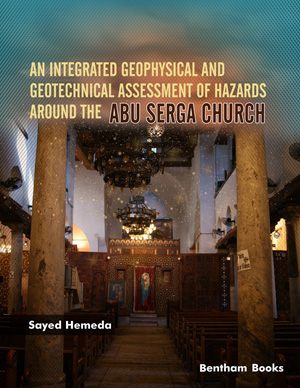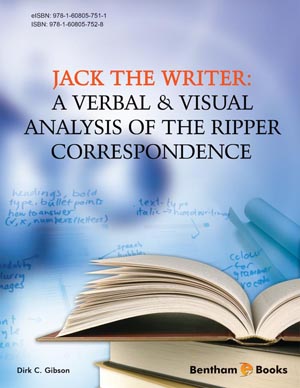Abstract
Situated in Thrace (Trakya) on the European side of the Marmara Region of
Turkey, the city of Edirne is today important as a border city that ranks as a cultural
and university center. Because it served as one of the Ottoman Empire’s three historical
capital cities (the others being Bursa and Istanbul), the city is an open-air museum with
very important monuments and architectural elements. Among the historical buildings
still extant are mosques, charity complexes, bridges, old shop buildings, caravansaries,
palaces, historical houses, and their quarters.
Developing out of its former role as an old Byzantine fortress, the city advanced greatly
as a Turkish-Muslim city during the Ottoman Empire. Its development was
significantly boosted by construction and improvements ordered by the successive
sultans, in their first-degree positions, and by high-ranking state officials of second and
third-degree positions. The significance of the role they played in the development of
the city is evident from the fact that they gave their names to many neighborhoods.
The concept of centralization became the catalyst for a significant change in the old
Paleo-Christian fortress city of Edirne. Ottoman monuments and shopping areas began
to cluster in the northeastern corner of the city. Within a period of 200 years after the
Turkish conquest, Edirne had acquired the look of a developed city with new districts
and inhabited quarters.
Edirne’s form is the result of three distinct types of urban development specific to the
three periods of urban history: Roman/Byzantine, Ottoman, and Modern. The
Roman/Byzantine form was included in the Ottoman city, which took on a more
homogeneous form in the modern era.
Keywords: Ali paşa market, Architect sinan, Asia minor, A Byzantine fortress, Bedesten market, Balkans, City of edirne, Hadrian, Imarets, Marmara region, Modern city, Murat I, Ottoman empire, Ottoman capital city, Old mosque, Ottoman patterns, Ottoman monuments, Open-air museum, Rustem paşa caravanserai, Saatli madrasa and peykler madrasa, Sokullu bath, Selimiye mosque, Thrace, Turk-Muslim city, Urban development, Üç Şerefeli mosque.













